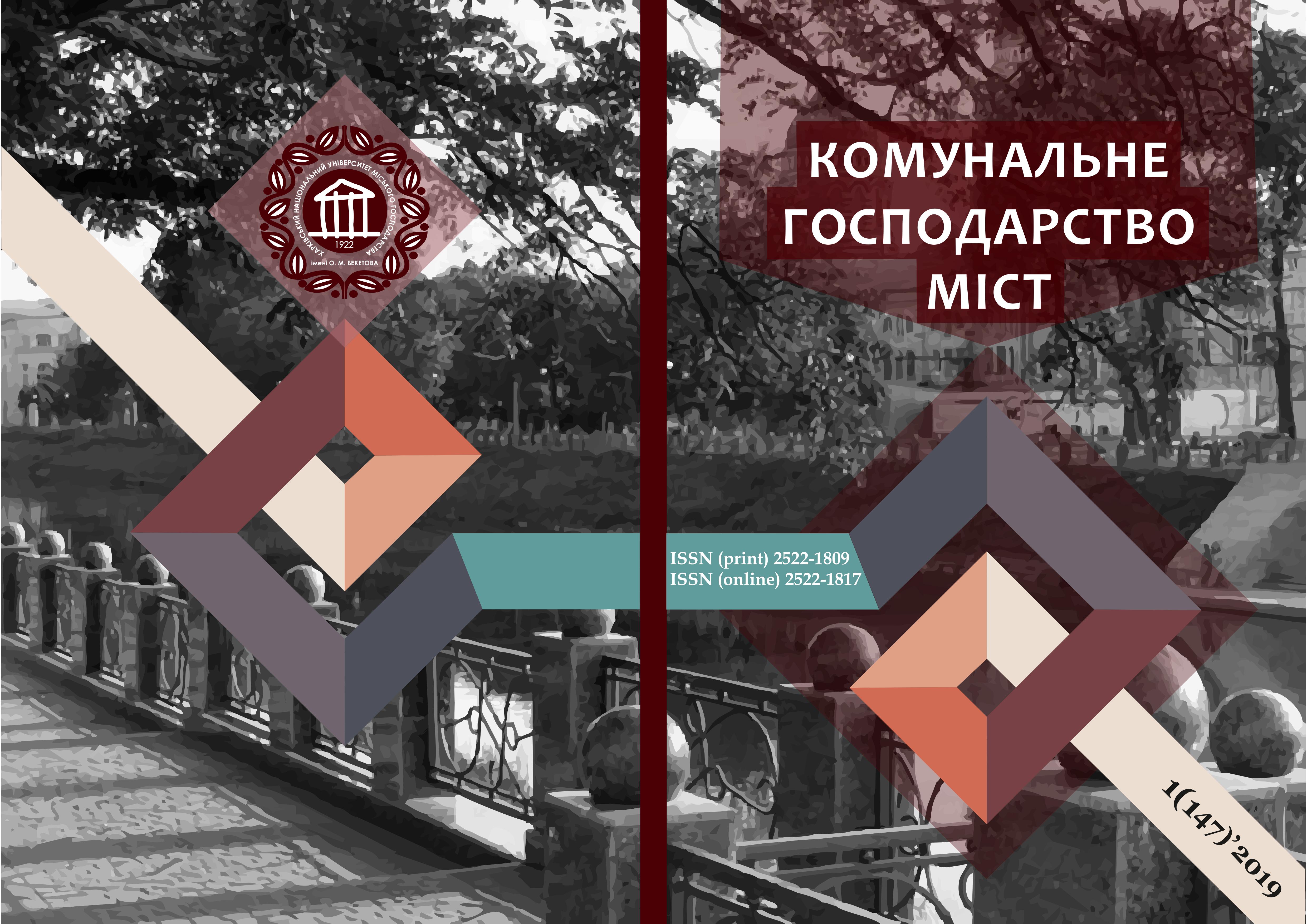IMPROVEMENT OF THE CURRENT-CONVEYOR LINE FOR THE PRODUCTION OF CERAMIC TILES
Array
Keywords:
current-conveyor line, ceramic tile, sorting, defects, quality, clamping, facing tileAbstract
In this article the possibility of improvement of the linear conveyor line for the purpose of improvement of quality of products was considered. As at the moment for the Ukrainian producers there was a question of improvement of quality of products. Producers of a ceramic tile use the Italian equipment now as it is better in the industry. As it is possible to improve quality of products without replacement at the enterprises, of the physical and worn-out equipment by more modern. We investigated from what the conveyor what is used the equipment consists. Considered defects what arise at the enterprises Then the research which helped to define the surpassing defects arising by production of a tile was conducted. In research No. 1 we selected 33 tiles then carried out visual sorting from the conveyor. By results of a research we saw what at us exceeds defect a blockage. We set the object to eliminate defect a blockage for ourselves as it made 18% from 30% of defects. In this regard for the conveyor line it was offered to adapt foam rubber it will be located on the platform between brushes and, glaze what dust which remained after brushes was eliminated before putting glaze not to spoil a front surface of a tile. Also, for creation of an additional purge, we will install devices having blown in which place after felt circles so blowing would delete residues of dust and small segments which remain during machining, for production improvement and also improvement of quality of a tile taking into account technical and economic indicators and elimination of systematically arising defects contamination. These introductions increased quality by 15%. It is recommended to make foam rubber replacement every week because eventually foam rubber absorbs in itself dust, and the efficiency of purification of dust decreases.
References
Gurieva, V.A. (2013) Designing the production of building ceramics.
Jahn Stephen White, Doroty Chong White. (2002) Proteins Pertides and Amino Acids Source Book, 63.
Mondo Ceramico office site. Retrieved from: http://www.mondoceramico.ro/en/Vertical-driers/EN-Sacmi-Imola-EVA-984-Uscator-vertical-automat--cID85--pID167.html
Bakhtelovsky, I.V. (1982) Mechanical equipment of ceramic plants, 431.
Koshlyak, L.L. (1985) Production of construction ceramics, 189.
Kanaev, V.K. (1982) Automated flow-conveyor line for the production of tiles of the range, 3-7.
Ed. E.L. Rokhvarger (1977) Building Ceramics: Reference, 132.
Minstroymaterialov, M. (1996) Departmental Standards for the Technological Design of the Ceramic Industry for the Production of Ceramic Tiles, 56.
Downloads
Published
How to Cite
Issue
Section
License
The authors who publish in this collection agree with the following terms:
• The authors reserve the right to authorship of their work and give the magazine the right to first publish this work under the terms of license CC BY-NC-ND 4.0 (with the Designation of Authorship - Non-Commercial - Without Derivatives 4.0 International), which allows others to freely distribute the published work with a mandatory reference to the authors of the original work and the first publication of the work in this magazine.
• Authors have the right to make independent extra-exclusive work agreements in the form in which they were published by this magazine (for example, posting work in an electronic repository of an institution or publishing as part of a monograph), provided that the link to the first publication of the work in this journal is maintained. .
• Journal policy allows and encourages the publication of manuscripts on the Internet (for example, in institutions' repositories or on personal websites), both before the publication of this manuscript and during its editorial work, as it contributes to the emergence of productive scientific discussion and positively affects the efficiency and dynamics of the citation of the published work (see The Effect of Open Access).

